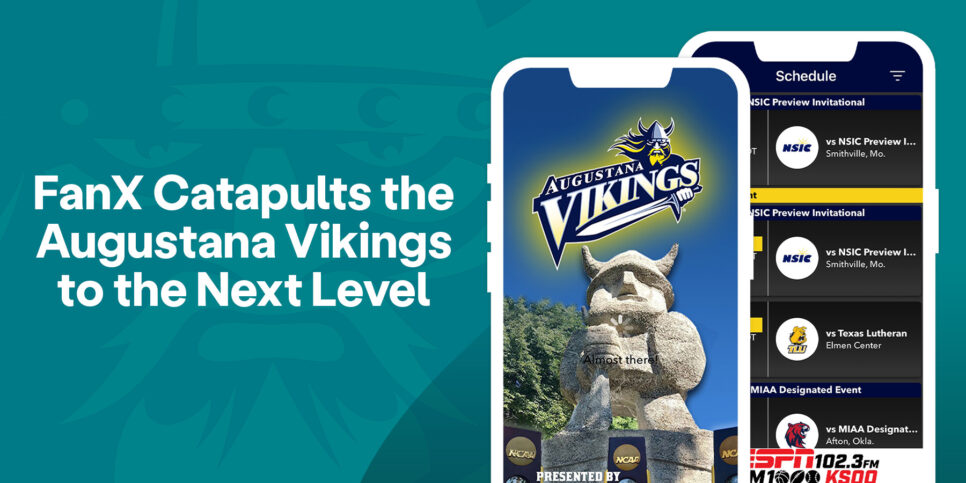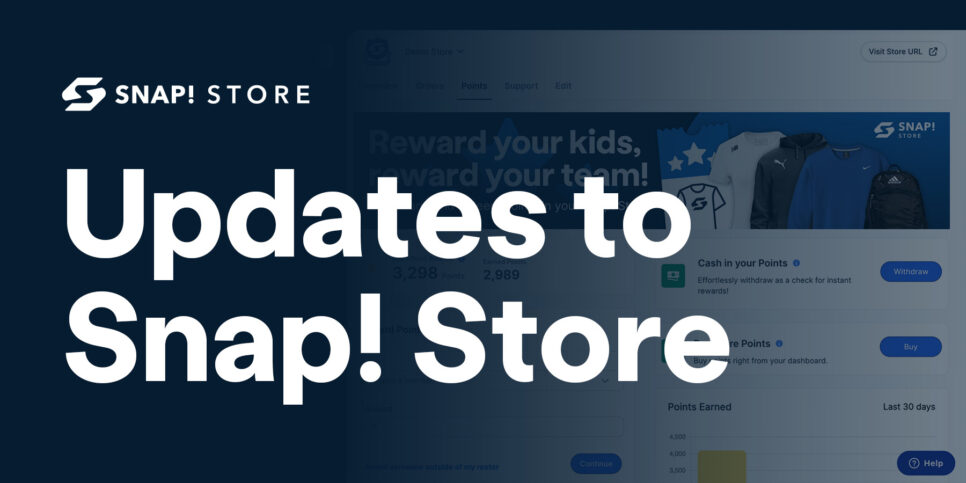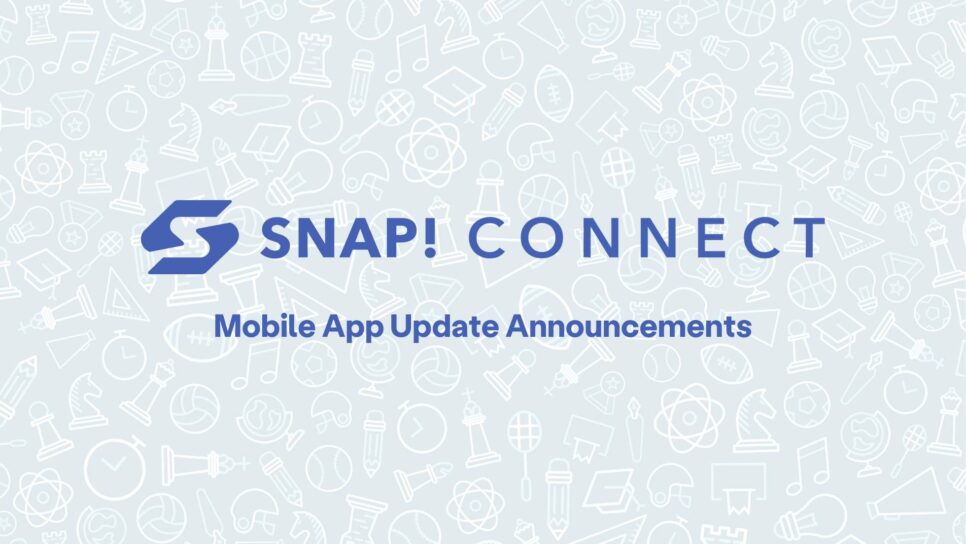

We’ve all experienced a rise in school communications sources in the past decade.
Thanks to social media sites and applications, text messaging, and video chat, we are more connected today than ever before. Schools have moved from using traditional solutions like letters, visits and phone calls to texts, websites, applications and emails.
Teachers and principals have started picking up on online tools to connect with students, families and communities. And yet, somehow communication still represents one of the largest barriers between schools and the families and communities they serve.
Today, we face a unique communication challenge that we could not even have imagined in the early 2000s: There’s simply too much of it. Families are getting bombarded by school information from so many sources that they don’t know what to pay attention to. As a result, the channels of communication begin to break down.
Too many sources of information
When you think about the various school communications sources we use to connect with students and families, the list quickly becomes overwhelming. Consider the following breakdown of communication that occurs within a typical school district:
-
District:
Information goes through emails, robocalls, phone calls, social media accounts, the district website and live-streamed meetings, to name a few.
-
School:
Schools often have their own websites, separate from the parent website of the district. They also disseminate information to students and families through their own robocalls, phone calls, emails, forms, letters, text messages, applications and home visits.
-
Teacher:
Within a single school, individual teachers often have platforms of their own to communicate with the students and families in their classes: class websites, class- or teacher-specific forms, letters, and newsletters that are sent home either in print or digitally (or both). Teacher-preferred communication apps often differ from what other teachers in the school use.
-
Family:
Students and their parents can also initiate conversations with the school through social media posts, school visits, text messages, email, and more.
Messages get lost when there are too many sources. Information is flowing from so many spigots that it’s impossible to filter out what is critical or even relevant.
Effects of information overload
In our desire to remain ever-connected, we have inadvertently created the conditions for information overload. This ironically decreases the performance quality and effectiveness of the communication tools we have employed to stay connected. As Joseph Ruff states, “Once [our] capacity is surpassed, additional information becomes noise…having too much information is the same as not having enough.”
Receiving information from multiple sources and receiving information that is considered irrelevant or unimportant are two of the main causes of information overload. When this occurs, families end up missing or ignoring pertinent information. Essentially, they have shut themselves off to school communication in the same way we delete spam from our inboxes without giving it a second thought.
Positive communication
In addition to the volume of information and the multitude of sources used to push out information, schools should also consider the context of communication exchanges as well. Communications are often problem-based and negative in nature, reactive instead of proactive, and teacher- or school-initiated.
UNICEF suggests that in order to create and maintain trust and engagement between schools and families, it is crucial for schools to create a clear, accessible, and equitable channel of communication and to regularly reach out to parents to encourage them to get involved in and support their children at school.
A single solution to unify your school communications sources
Snap! Connect helps unify your school communications sources. It is a single-application solution that consolidates all school messaging in one place. Communications from the district, the school, individual teachers, and parents all occur within the same application. In addition, parents receive a curated feed of information relevant to them. This reduces the likelihood that they’ll miss or ignore important information.
Furthermore, Snap! Connect provides two-way communication in more than 100 languages and text-to-speech capabilities, providing a more accessible and equitable communication experience for all families. Snap! Connect promotes positive, proactive, and regular communication between schools and families without the chaos of information overload. Contact us to learn more.





